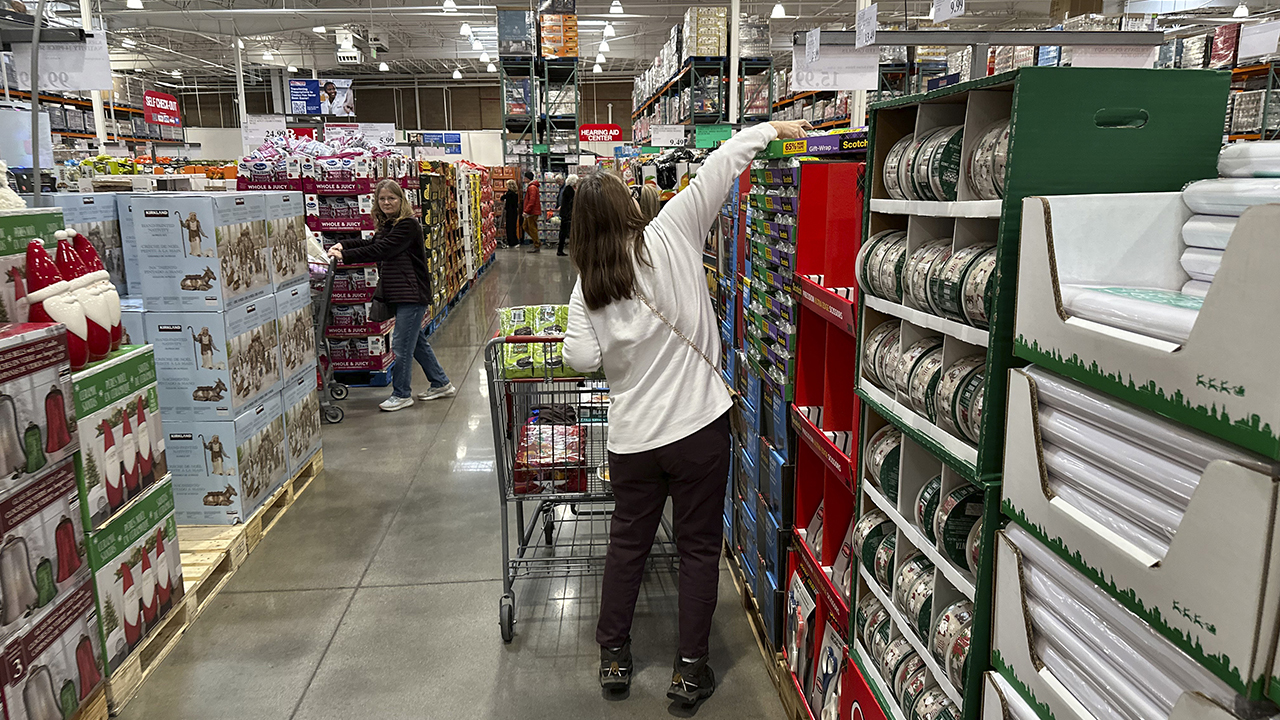Consumer prices rose 2.3% in October, signaling a slowdown in inflation's decline and potential delays in Fed rate cuts.

- Core inflation climbed to 2.8% in October, indicating persistent price pressures in services like rent and insurance.
- Americans' incomes grew 0.6% from September to October, surpassing economists' expectations and supporting economic growth.
- Trump's proposed policies could potentially spur growth but also risk overheating the economy and lifting inflation further.
Share
|
Getting your Trinity Audio player ready...
|
WASHINGTON — Consumer price increases accelerated last month, the latest sign that inflation’s steady decline over the past two years has stalled in recent months.
According to the Federal Reserve’s preferred inflation gauge, consumer prices rose 2.3% in October from a year earlier, the Commerce Department said Wednesday. That is up from just 2.1% in September, though it is still only modestly above the Fed’s 2% target.
Yet excluding the volatile food and energy categories, so-called “core” prices also picked up, climbing 2.8% last month from a year earlier, up from 2.7% in September. Economists closely watch core prices because they typically provide a better read on where inflation is headed.
Related Story: Stock Market Today: Wall Street Rallies on Election Day as Economy Remains
Inflation’s Decline Slows Despite Overall Drop
Inflation has fallen sharply since it peaked at 7% in mid-2022, according to the Fed’s preferred measure. Yet yearly core inflation has fluctuated between 2.6% and 2.8% since February. Price increases have remained elevated in services, including apartment rents, restaurant meals, and car and home insurance.
Wednesday’s report also underscored that Americans’ incomes and spending remained healthy, a key reason the economy has kept growing this year despite widespread fears of a slowdown. Incomes grew 0.6% from September to October, faster than economists had expected, while consumer spending rose by a solid 0.4% last month.
Related Story: Economists Warn of Inflation and Debt Risks in Trump’s Second Term Plans
Fed Rate Cuts May Be Delayed
Solid growth and stubborn inflation, however, may keep Federal Reserve officials from cutting their key interest rate as quickly as they had signaled at their last meeting in September. Many economists now expect they will reduce their rate by a quarter-point in December, then delay further cuts while gauging the impact of the reductions they made this year.
President-elect Donald Trump’s victory could also slow Fed rate cuts. His proposals to cut taxes and reduce government regulation could spur faster growth, but could also overheat the economy and lift inflation. And his threats to impose widespread tariffs, if carried out, would likely push up prices.
The Fed had signaled it would cut rates four times next year, but financial markets now expect just two reductions.



















